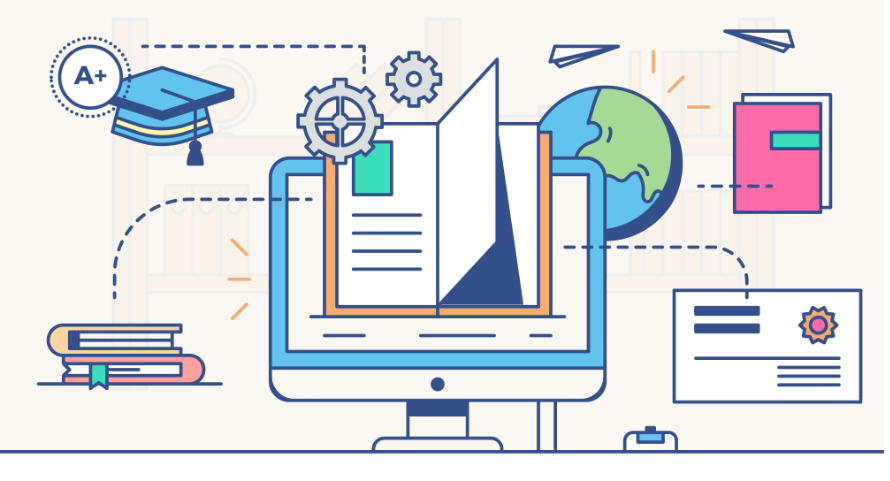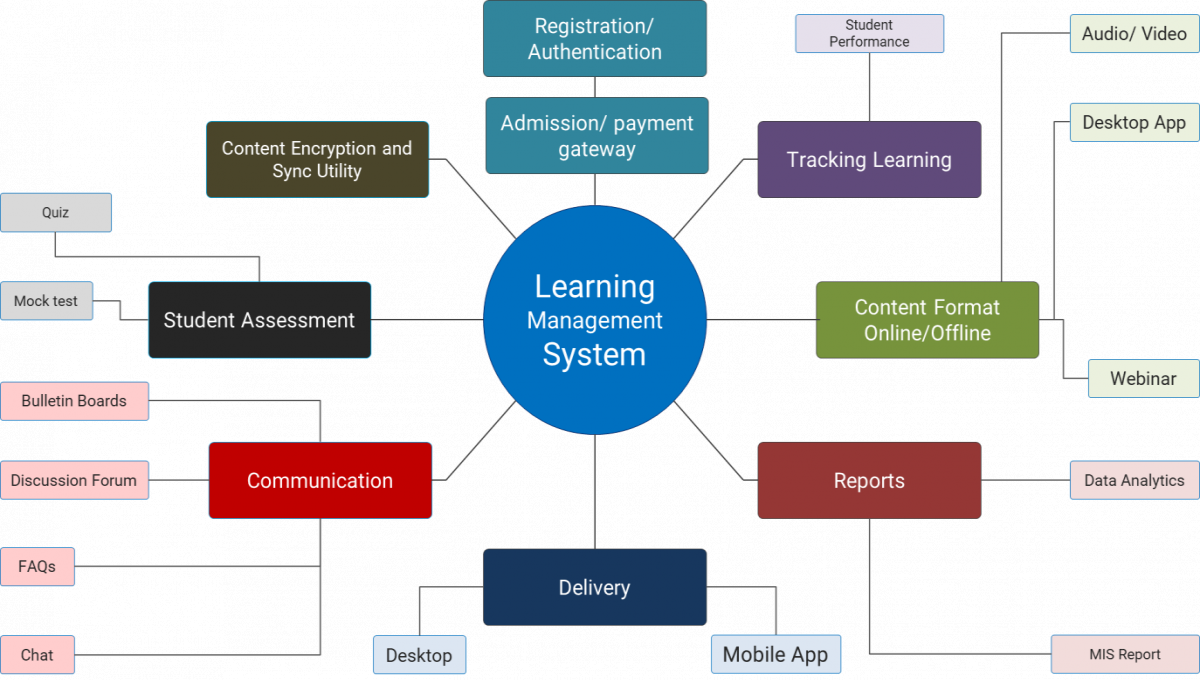Understanding Management Systems: Streamline and Track Your Discovering Objectives
In today's educational landscape, Knowing Administration Systems (LMS) stand out as critical tools for boosting the efficiency of learning processes. The inquiry remains: what specific functions can an LMS offer to enhance your discovering journey and ensure you meet your goals?
What Is a Discovering Monitoring System?
A Learning Administration System (LMS) is normally a software application developed to help with the administration, documents, tracking, and delivery of academic programs or training programs. At its core, an LMS supplies a central platform where instructors and learners can communicate efficiently. This system simplifies the educational process by allowing trainers to produce and manage material, analyze student efficiency, and communicate with learners.
LMS solutions come equipped with various functions, such as course registration, material monitoring, and coverage tools (lms singapore). They support varied understanding styles, including e-learning, blended knowing, and standard classroom instruction. In addition, LMS platforms can include multimedia elements, such as video clips and interactive tests, improving the learning experience
The implementation of an LMS can differ considerably based on the requirements of the organization, ranging from little services to huge educational institutions. This flexibility makes LMS solutions ideal for numerous contexts, consisting of business training, specialist growth, and scholastic education. As modern technology proceeds to progress, the function of LMS in fostering effective knowing settings remains progressively crucial, offering both instructors and students with the essential devices to accomplish their academic goals.
Advantages of Making Use Of an LMS
Making Use Of a Knowing Management System provides numerous benefits that improve both training and discovering experiences. Primarily, an LMS streamlines academic resources, making it less complicated for educators to organize and deliver material to trainees. This structured accessibility to products cultivates a reliable discovering environment where pupils can engage with coursework at their own rate.
In addition, LMS systems frequently come furnished with analytics and reporting attributes, permitting teachers to track pupil development and recognize areas where individuals may need extra assistance. This data-driven approach not just educates instruction yet additionally boosts overall pupil results by assisting in targeted treatments.
Additionally, the adaptability of an LMS suits various finding out styles and preferences, allowing the integration of multimedia sources that deal with diverse pupil demands. This flexibility is especially valuable in today's significantly digital landscape.
Furthermore, an LMS promotes cooperation with conversation online forums and group activities, motivating peer interaction and interaction. Such interaction improves essential thinking and problem-solving skills, crucial elements of a well-rounded education. In general, the benefits of utilizing a Learning Management System dramatically add to a more arranged, efficient, and reliable academic experience for both instructors and learners.
Trick Features to Try To Find
When picking a Discovering Administration System (LMS), a number of crucial features can considerably impact the effectiveness of the platform. User-friendliness is vital. An instinctive user interface ensures that both students and administrators can browse the system effortlessly, lowering training time Go Here and increasing interaction.
Following, robust coverage and analytics capacities are vital. These features permit organizations to track learner progress, examine course efficiency, and determine areas for renovation. Comprehensive insights facilitate educated decision-making and enhance the general understanding experience.
Furthermore, scalability is an essential factor to consider. The LMS needs to have the ability to fit an enhancing variety of individuals and web content without endangering efficiency. This flexibility makes certain the system can expand along with the company.
Integration with existing tools and platforms is likewise essential. An LMS that effortlessly links with other software application, such as human resources systems or material writing tools, improves workflow effectiveness and information consistency.
Lastly, consider mobile compatibility. A mobile-friendly LMS makes it possible for learners to accessibility materials anytime, anywhere, advertising a much more flexible knowing setting. lms singapore. By prioritizing these key attributes, organizations can choose an LMS that efficiently fulfills their educational objectives
Carrying Out an LMS in Your Workflow
Selecting the appropriate Knowing Management System (LMS) is only the primary step; effective execution within your workflow is equally important. To ensure a smooth shift, begin by clearly specifying your learning purposes and preferred outcomes. Include key stakeholders early to amass support and address possible problems.
Next, assess existing processes and recognize how the LMS can integrate flawlessly. This includes drawing up process, determining which functions of the LMS will be used, and assigning roles for content creation, management, and customer accessibility. Giving ample training for all customers is important; think about tailored sessions to attend to various ability levels and duties.

Last but not least, keep open lines of communication throughout the application procedure. Regular check-ins with users will help recognize any kind of challenges and facilitate ongoing support, making certain that the LMS ends up being an essential part of your understanding environment.
Ideal Practices for Goal Monitoring
To efficiently track learning goals within your LMS, it's necessary to develop clear metrics and criteria that line up with your instructional purposes. Begin by defining details, measurable, achievable, pertinent, and time-bound (CLEVER) goals for learners. This clarity will certainly allow both instructors and students to keep track of progress efficiently.
Make use of the built-in analytics devices of your LMS to gather information on program completion rates, assessment ratings, and engagement levels. Routinely examine these metrics to recognize patterns, areas for improvement, and possible roadblocks. Including developmental evaluations throughout the discovering procedure can offer timely feedback, enabling changes to be made in real-time.
In addition, urge self-tracking among students by offering them with devices such as progression charts or dashboards. This cultivates responsibility and encourages them to take ownership of their academic journey.
Last but visit site not least, communicate on a regular basis with learners regarding their progression. Arranged check-ins or comments sessions can help enhance goals and motivate dialogue regarding difficulties faced. By implementing these finest practices, organizations can make sure effective objective tracking, eventually improving the total learning experience and results within the LMS structure.

Final Thought
In summary, Learning Management Systems (LMS) offer as vital devices for improving educational experiences by streamlining resources and assisting in interaction in between instructors and learners. Ultimately, an LMS is crucial for accomplishing academic goals and cultivating a helpful discovering atmosphere.